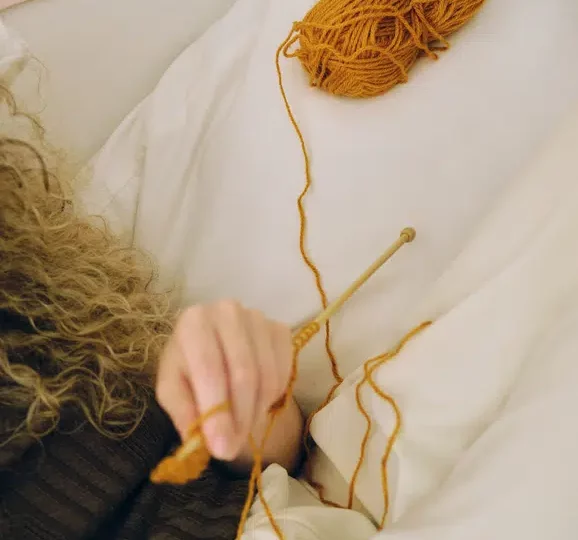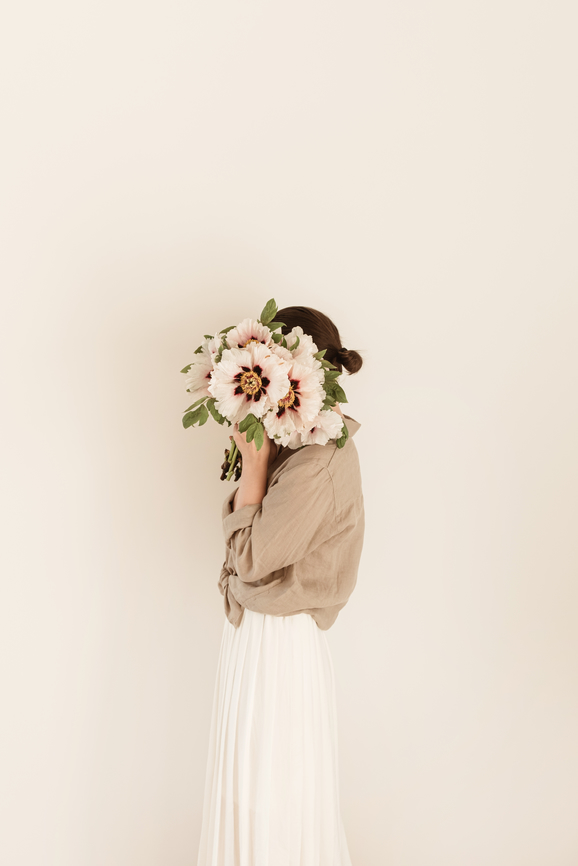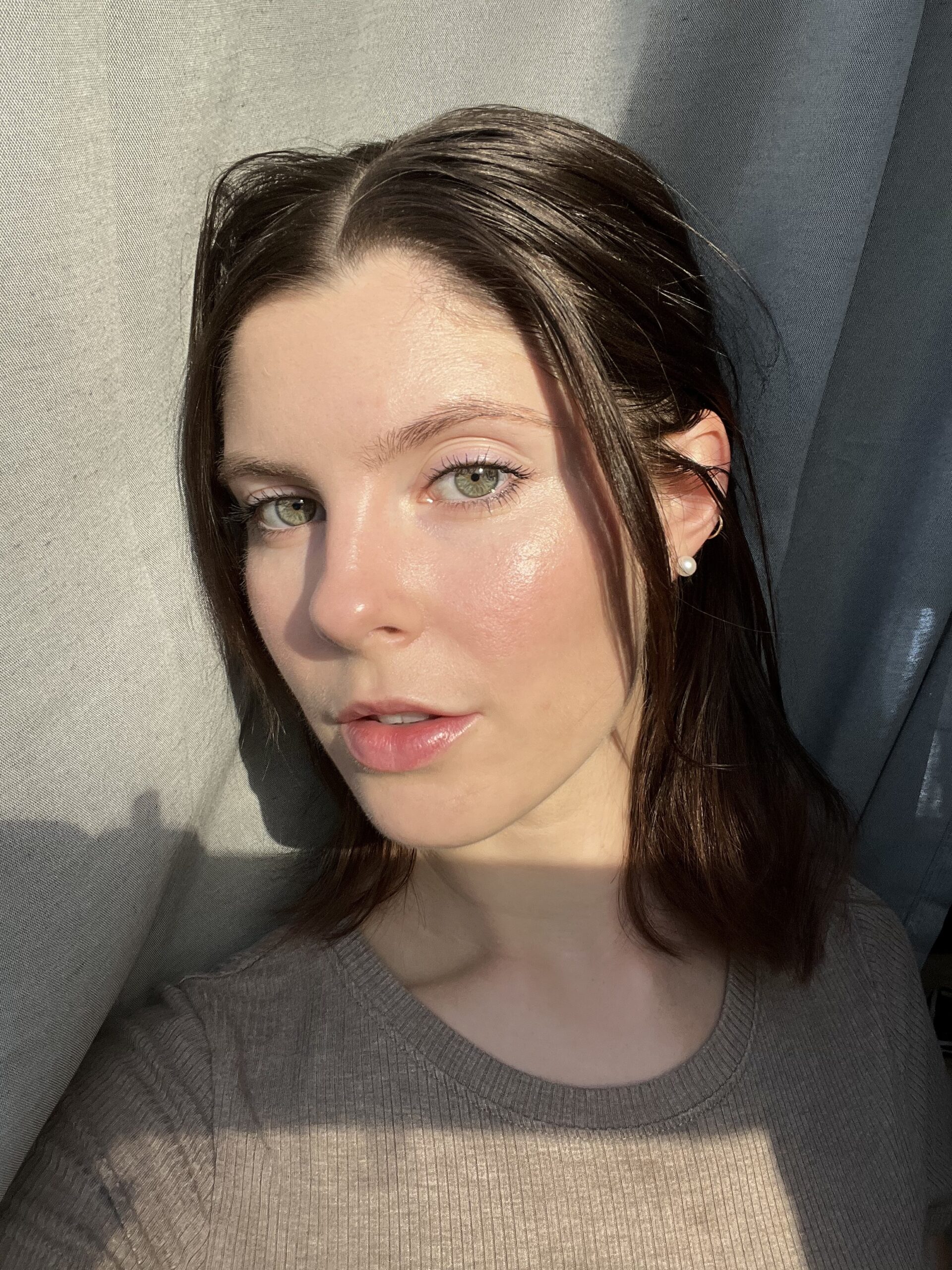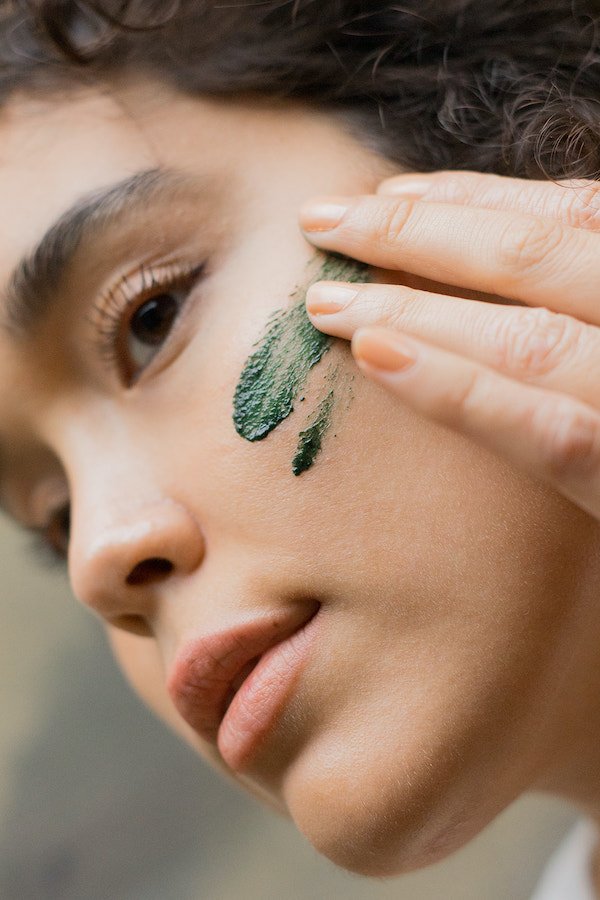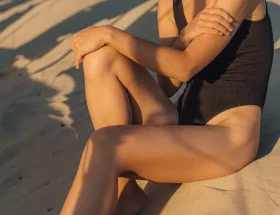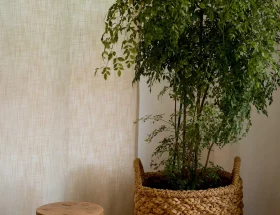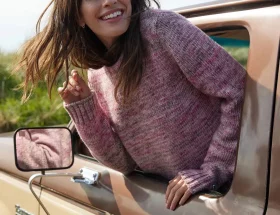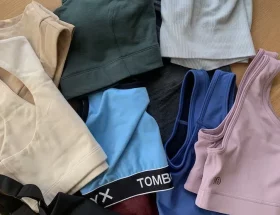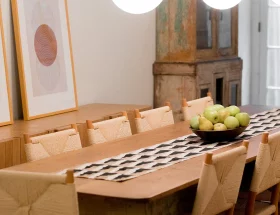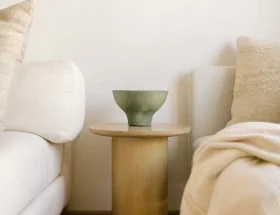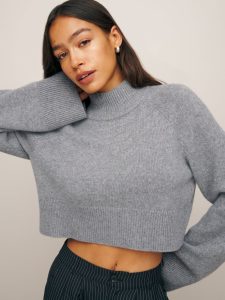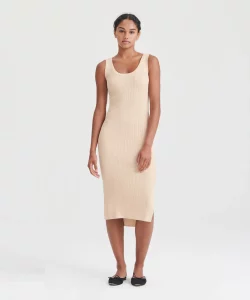My mum and my grandmothers first taught me to knit so long ago that I hardly remember it. I’d knit simple little squares that I never knew what to do with — maybe they’d become a blanket, maybe a scarf — and that I eventually forgot all about. I recently picked knitting back up, however, and while I wasn’t quite learning from scratch, I might as well have been.
How does one learn to knit from scratch? It must be feasible since knitting popularity has ticked up in recent years, and not everyone has the chance to learn from a relative. I spoke to a couple of knitting experts to get their take on what to know before you go out and buy needles and yarn. You’ll also learn about what to knit first, along with which resources will help you get there. Consider this your stand-in for my mum and grandmothers.
“Remember it’s not hard, it’s just new!”
– Gaye Glasspie, knitting influencer
One thing about starting a new craft: It’s never easy. “My friend GG (@ggmadeit on Instagram) always says, ‘It’s not hard, it’s just new,’” says Alexandra Tavel, an instructor on season eight of Knit Stars and a knitting and crochet designer @twoofwands. “Everyone was a beginner at some point.”
So, beginners, read on to get started — and remember it’s not hard, it’s just new!
Choosing needles and yarn
First things first: The only materials you need to start are knitting needles and yarn. But how to choose each?
“When I used to teach beginner knitting and crochet, I always started my students with bulky weight yarn,” says Tavel. Her Hue + Me yarn, a collab with Lion Brand Yarn, is a great example of that bulky weight. “Starting with a thicker yarn makes it easier to see and understand the stitches,” she says. Lighter colors are also great here, giving you even better visibility to understand how the stitches work.
“Wooden needles tend to work better than metal ones for beginners because they’re less slippery.”
Tavel also recommends starting with needles a size up (so a bit thicker) than what the label on the yarn calls for. “Beginners tend to be tight knitters so the slightly larger needle size will help the stitches stay a little looser,” she explains. Wooden needles tend to work better than metal ones for beginners because they’re less slippery — trust me when I say you don’t want a stitch slipping off when you’re meticulously knitting one of your first few stitches.
Start with just that yarn and those needles for your first project — by the end of which you’ll probably feel so much more comfortable knitting, and can switch to darker or less bulky yarn, and maybe smaller needles.
Finding your first project
And the easiest project to start with? A scarf! “There is no pressure and no shaping when it comes to a basic scarf,” says Tavel. It’s just line after line of knitting the same thing. But once you’ve mastered that, “so many things can be made from rectangles,” says Tavel, like hats or even a sweater, so leaving your scarf days behind you won’t be as tricky as it seems.
“You’ll want a pattern to knit your first project, even if it’s just a scarf.”
You’ll want a pattern to knit your first project, even if it’s just a scarf. As an absolute beginner, you can find several great books on the market that’ll help you get started with tips, diagrams, and patterns — pretty much all the info you need to get a handle on the craft. Some options we love include “The Learn-to-Knit Book” from Vogue Knitting, and “First Time Knitting: The Absolute Beginner’s Guide” by Carri Hammett.
If you’re looking for patterns, Tavel has some great free ones available on her blog, along with some beginner-friendly ones for purchase on her website. She also recommends Ravelry, a great website for free knitting resources. Looking for a scarf pattern in particular? Find some roundups of free scarf patterns at sarahmaker.com or Lion Brand Yarn’s site. Blankets are essentially just big scarves, and Knitting.com has some beginner blanket patterns. Hats are super beginner friendly, too — my first knitting project as an adult was a hat — so you can check out the free beginner hat patterns at Yarnspirations.com, too.
How to start knitting
So you’re ready to knit that first stitch! Now comes the fun part. You’ll have to cast the yarn onto the knitting needles first, and YouTube is probably your best resource here. Sheep & Stitch’s YouTube channel has some great beginner videos — the four-part beginner series shows you how to cast on, how to do a knit stitch, how to do a purl stitch, and how to cast off. And voila! Those are the basics of knitting.
You can find some other great tutorials for beginners from YouTubers like RJ Knits and KnittingHelp.com. And if you hit any hiccups, YouTube remains your best friend. You can find videos on how to pick up a dropped stitch, or on fixing pretty much anything else that’s gone wrong.
“If all of this still seems overwhelming to a complete beginner, you only have to follow the few steps above before you’re casting on and knitting.”
And, as with most things, the Internet is a wealth of information. A quick Google search can help you with almost any questions that arise, and Reddit’s r/knitting page is helpful, too.
Another helpful tip: There are two main styles of knitting — continental and English. Essentially, in the continental method, you hold the yarn in your left hand, while with English, it’s held in the right. Depending on if you’re a righty or a lefty, one method might be easier for you than another.
If all of this still seems overwhelming to a complete beginner, remember to just take it one step at a time. Before you know it, you’ll be casting on and knitting. If you feel like you need some hands-on exposure, one of my best tips for knitting (or any type of crafting, really) is to visit your local JOANN Fabric or fiber arts store — the employees are more than happy to show you a thing or two, like what kind of needles or yarn they like, and other resources they recommend.
“Like anything new, it will take some time to feel comfortable with it,” says Tavel. “But continuing to practice will get you there!”
Natalie Gale is a Boston-based freelance journalist. When she’s not writing about art, food, or sustainability, you can find her biking to the farmers’ market, baking, sewing, or planning her next Halloween costume. Say hi on Instagram!
